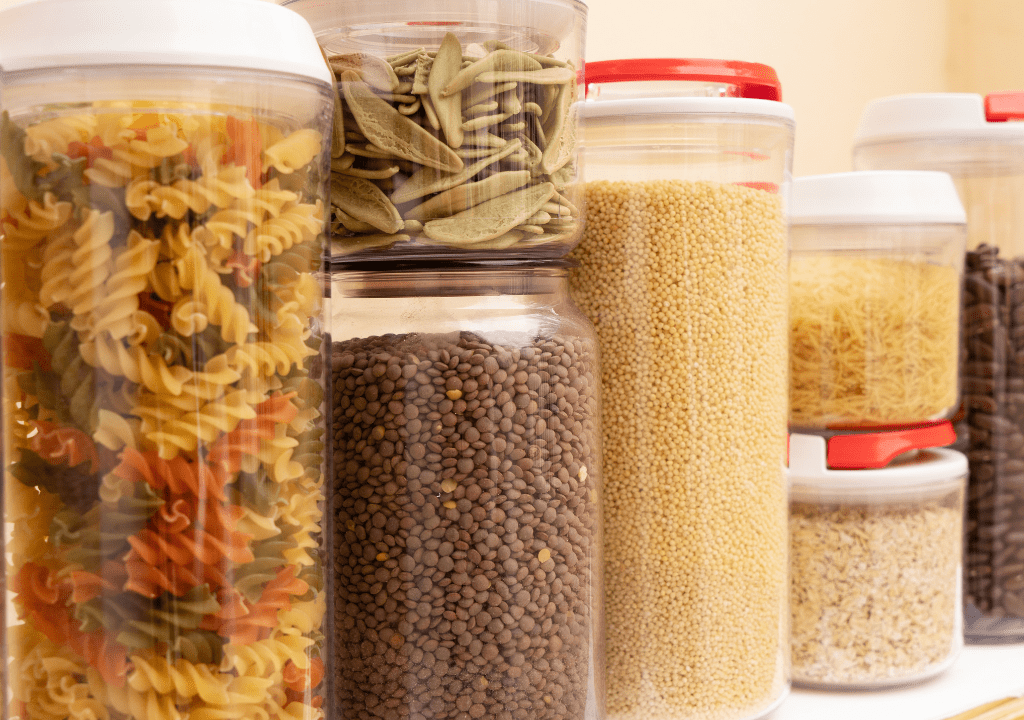Tips and tricks to store food are becoming more and more necessary nowadays. That’s because it’s estimated that, of our entire food supply, 30-40% gets wasted. That’s quite a steep percentage. Crazy amounts of food are thrown out every day.
So, it may not seem like much, but if all we do is change our habits on how we go about our food buying, storing, and consumption, it could make a huge impact.
With that in mind, let’s dive into some food storage tips.
1. Buying in Bulk May Not Be So Good
To save a few extra trips to the grocery store, buying food in bulk is a great idea.
However, it can be difficult to try and use ten pounds of tomatoes in a week or to drink a few gallons of milk right before it expires.
Most people like to buy in bulk also to save money, but when perishable foods begin to go bad and have to be thrown away, it defeats the purpose.
Minimizing waste then becomes a vital process for longer-term food storage.
2. Store Food Using a Pantyhose
Foods like red or green onions can be stored for up to eight months with the use of pantyhose. Be advised to use clean pantyhose for this method.
Make sure to cut the stems off the onions (if they have them) and place the first onion in the toe of the pantyhose. Tie a knot. Slide another onion in and repeat the process until you run out of onions or hose. Store in the fridge for around 40-45°F.

3. Store Potatoes, Apples, and Onions Separately
Keep your potatoes, apples, and onions stored separately, as they will spoil faster together.
Make sure to keep the potatoes in a dark place. If you keep them in the light, they\’re more likely to turn green faster.
Apples can last up to 6 weeks or longer, skip to tip number 16 to find out how.
4. Food Storage Tips for Berries
Once you’ve brought them home, use one part vinegar to ten parts water to wash your berries. This will slow the process of molding.
Lengthen the freshness of your strawberries, blueberries, raspberries, and any other berries you eat by inspecting them to make sure any badly spoiled or crushed berries get thrown away before you put them in the fridge.
Another way to store produce is to freeze it. Put it into a resealable plastic bag or reusable container.
Make sure not to squish them, so none of the juice comes out, and store them properly in the freezer. The ideal freezer temperature should be right about 0°F

5. Honey Can Last Longer Than You Think
As long as honey doesn’t get in contact with any other biodegradable product, honey can last forever, although it may become solidified or change colour over time.
Keep it around non-perishable foods to be sure it won’t go bad. Store in a cool, dry place in a tightly sealed jar and keep it away from direct sunlight.
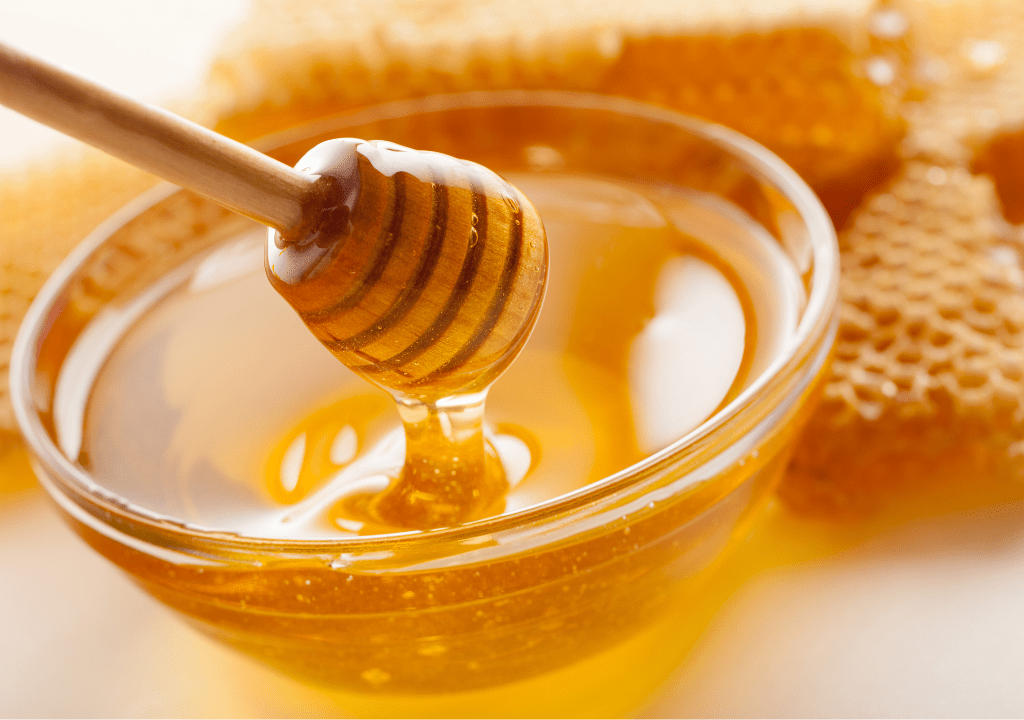
6. Freeze Milk
We all know freezing food can make it last quite a bit longer. Well, did you know that the same thing can be done with milk as with any frozen food?
Yes, milk can last up to three months after purchase, even if its consistency changes.
If you’re still unconvinced that milk can last beyond the expiration dates, freeze milk in the original container and thaw it when you need it.
This mostly counts for all dairy products.

7. Prepare Eggs and Freeze Them
Scramble the eggs in a bowl, add some salt or sugar, place them in an airtight freezer bag, and stick it in the freezer.
For something quick and easy, you can store this mixture in various portions depending on how much you like your eggs.
If you don’t want to freeze them but want them to last as long as possible, store them in their original carton on an inside shelf. Keep them away from pungent foods.
The inside shelf has a more constant temperature than the one on the door.
This is because the door frequently gets opened and closed, so temperatures fluctuate much more.

8. Freeze Tomato Paste
Most recipes don’t call for an entire can of tomato paste. You simply need a small amount. However, leftover paste quickly goes bad if left in the fridge.
Portion out the remaining paste in a plastic bag. This way, the right amount is available whenever you need it.
If you don’t like using single-use plastic freezer bags as much, you can store leftover tomato paste in an ice cube tray.
Using ice cube trays with silicone bottoms makes it easy to pop out something sticky like tomato paste. Ice cube trays with airtight lids also help prevent freezer-burnt tomato paste.
9. Store Herbs the Right Way
Herbs left lying in the fridge without proper preparation wilt too quickly.
So, here are a few quick tips to store your herbs for the longest potential shelf life:
First, wash them. Fill your salad spinner with cold water. Loosen any debris by swirling the herbs around in the water gently.
Drain the water and spin the herbs dry, set them on a layer of paper towels, and get enough to gently pat away any excess moisture.
You can store herbs that are capable of enduring difficult conditions by arranging them lengthwise in a single layer on a few slightly damp paper towels, simply rolling them up, then putting the bundle into a plastic zip-lock bag or wrapping it in some plastic wrap. Now, just store them in the fridge.
You’ll want to store the tender herbs by first snipping off the bases of the stems and removing any wilted or discoloured leaves.
Put them into a Mason jar with one inch of water in the bottom. Then seal the jar with the lid. Now, just store the jar in the fridge.
Basil is kind of a special one. You can store basil by first snipping off the base of all the stems and putting the bunch in a vase or a jar with one or two inches of water at the bottom, just like a bouquet of flowers.
Store your basil at room temperature in a light area but keep it out of direct sunlight.

10. Extend a Banana's Life By a Few Days
Bananas have a very small window of freshness. They’re either way too green or instantly bad.
If you notice that some bunches of bananas in the store come with their crown wrapped in plastic wrap, keep it on, or add more at home if you need to.
If you want to go overboard, you can pull the bananas apart and wrap each top individually for even better results.
The bananas should remain fresh for up to four days longer.

11. Store Food Using Aluminum Foil
Most, but not all, fruits and vegetables produce ethylene gas as they ripen.
This gas is what causes veggies like celery to become overripe and become limp when confined in a plastic container or bag.
Wrap them loosely in tin foil, allowing the excess gas to escape while still holding in enough moisture. This will help keep veggies fresh longer.
Other fresh foods, like onions, have a strong smell that can affect the flavour and smell of other foods. Wrap them tightly in tin foil to trap the odours so they don’t taint other fruits and vegetables.
For fruits stored at room temperature, light can also affect flavour, ripening, and quality. Aluminum foil helps block light exposure.
12. Freeze Chopped Veggies
If you find yourself in a situation where you just bought way more veggies than you could ever deal with before it goes bad, start chopping.
You can chop up your vegetables and blanch them. Blanching helps make sure your veggies won’t lose flavour or colour. After you\’ve blanched them, place them in food storage containers, and freeze them to keep them fresh.
Storing food in the freezer helps food last much longer and keeps most of its nutritional value.
13. Wrap Unwashed Leafy Greens in Paper Towel
You can wrap any unwashed leafy greens in a paper towel. It’ll absorb moisture so they won’t wilt and wither as quickly.
When storing food such as spinach, cabbage, kale, or any other leafy greens, make sure to leave refrigerated produce unwashed to preserve them for as long as possible.
This method primarily works best if you don’t need to put any leafy greens into long-term storage wrapped in tin foil.
14. Grate and Freeze Ginger
Ginger has many health benefits but is often used in small amounts.
To be able to use all of your ginger and not have to throw any away, just because you didn’t need all of it within the small window you have before it goes bad, and to be able to use all of your ginger and not have to throw any away, grate it and freeze it, giving you a much bigger time window.
So, grate your ginger, place the freshly grated ginger on a parchment-lined tray, and place it in the freezer until the ginger is frozen.
Once frozen, put the ginger into an air-tight container and put it back into the freezer until you need it.
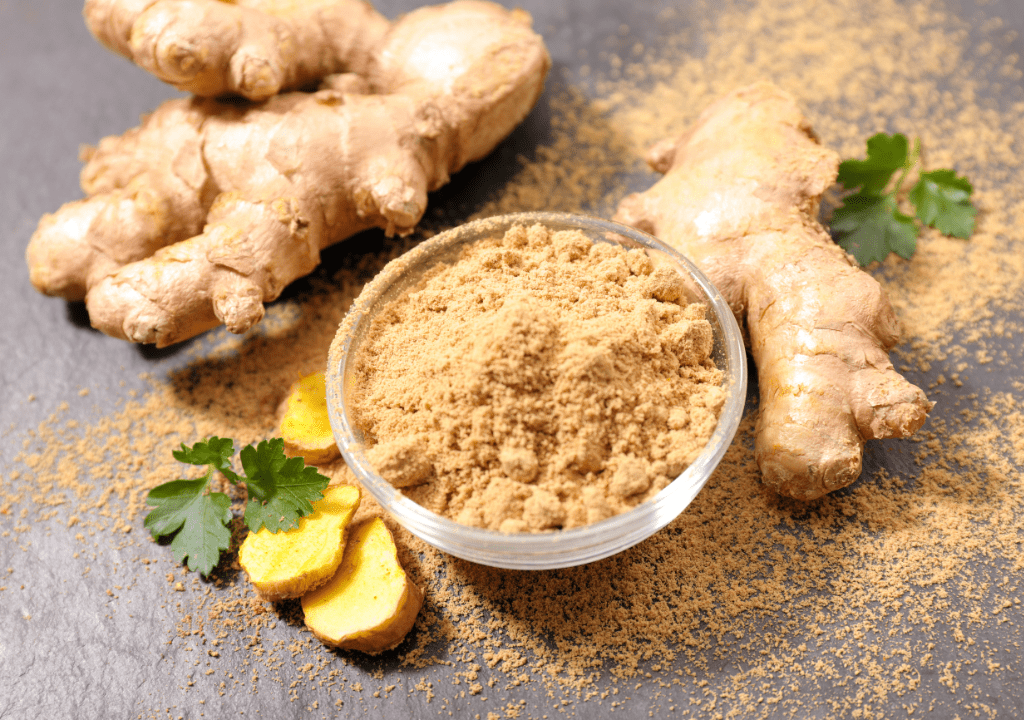
15. Storing Tomatoes the Right Way How should you store ripe tomatoes?
Think about a cool spot in your home like a wine cellar or a basement storage room, preferably with temperatures in the 55° F to 70° F range. That’s where you’ll want to store your fully ripe tomatoes.
They’ll stay well for a day or two, and you won’t risk disrupting any flavour-producing enzyme activity.
If you don’t have a wide variety of temperature zones in your home, it’s totally fine to put them in the fridge. Fully ripe tomatoes will survive refrigeration, but make sure to plan for some room-temperature recovery time.
Also, ensure not to put them in the refrigerator door, where temperatures fluctuate too much.
How should you store Ripe Tomatoes?
So what difference is there for tomatoes that aren’t quite ripe yet?
Well, for one, you definitely shouldn’t put those unripe tomatoes in your fridge.
They should be stored at room temperature, ideally out of direct sunlight and in a single layer.
And most important factor for keeping them fresher longer is to store them with the stem side down while they finish ripening.
How to store Tomatoes When They Aren’t Quite Ripe Yet?
So what difference is there for tomatoes that aren’t quite ripe yet?
Well, for one, you definitely shouldn’t put those unripe tomatoes in your fridge.
They should be stored at room temperature, ideally out of direct sunlight and in a single layer.
And most important factor for keeping them fresher longer is to store them with the stem side down while they finish ripening.
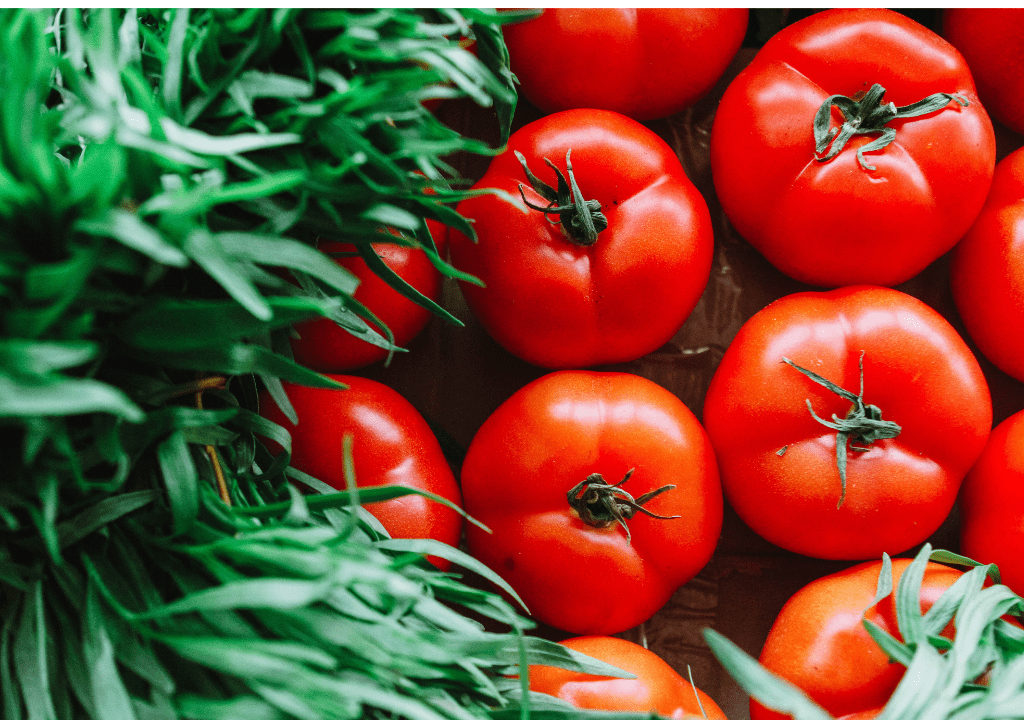
16. Short-Term Apple Storage Tips
Did you know apples can stay fresh for up to six weeks when stored in the fridge crisper drawer?
To keep them fresh, wrap the apples in a damp paper towel to mimic a humid environment, which is where apples will last the longest.
Keep them away from other fresh produce because of the ethylene gas that apples give off. I’ll make other fruits and vegetables ripen more quickly.
Make sure to remove any bruised or rotting apples from the bunch to avoid having the rest quickly go bad.

17. Root Veggies Storage Tips
They Love Moisture!
Root vegetables stored in moist earth and dirt are what they love.
Storing them in a box with moist sand or sawdust will extend their freshness by several months.

Keep Them in a Cool, Dark Place
Make sure to store your roots in the cool and dark. It has to be in a cool but frost-free place, so a basement, an outbuilding, or any other vermin-free room or space is ideal.
Keep them out of reach of rodents by raising the boxes or sacks off the ground or storing them in metal or plastic bins.
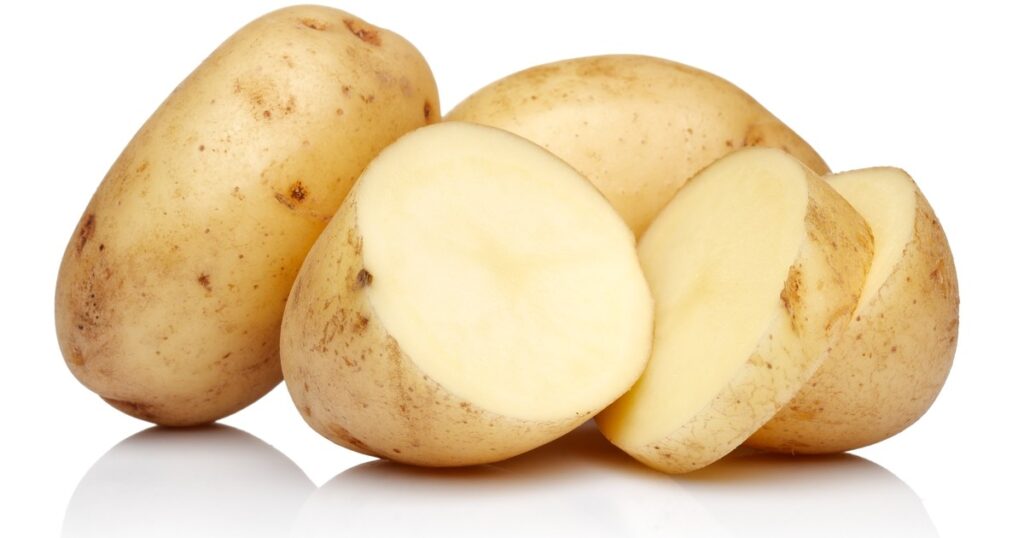
18. Keep Your Raw Meat From Getting Freezer Burnt
Next time you buy some ground beef, instead of constantly defrosting and refreezing it (which can lead to freezer burn), divvy it all up into individual portions in freezer bags before storing it in the “ice box”.
This makes it much easier to take out smaller portions and make a quick meal. The idea is to eliminate waste.
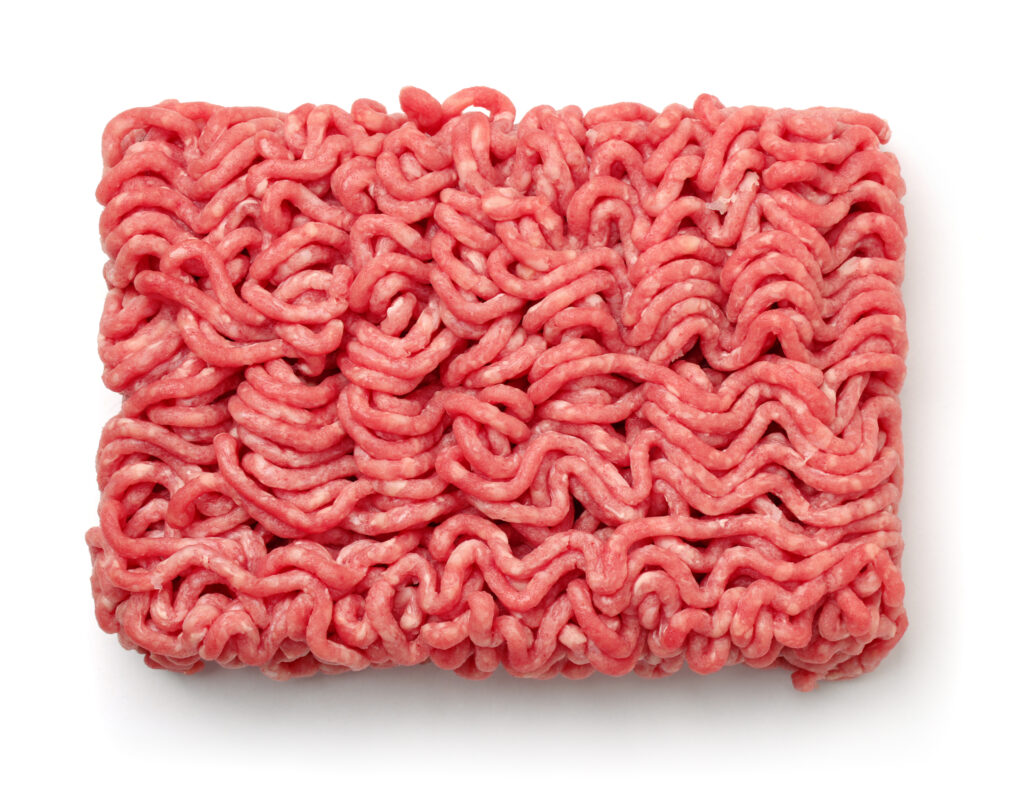
19. Tips and Tricks to Store Food For Cheese Soft Cheese and Sour Cream
The best way to keep cottage cheese or sour cream fresh for longer is to refrigerate it.
Although it still has a shorter shelf life than other cheeses and usually lasts no more than about seven to ten days after opening the food storage containers.
The shelf life will last twice as long if you put them upside down in the fridge. This process creates a vacuum, mitigating the growth of bacteria that spoil food.
While freezing the cheese to make it last longer is so tempting, soft cheeses don’t handle the freezing well at all.
Hard Cheeses
If you’ve ever noticed that the surface of a hard cheese is becoming too firm or is cracking, it’s because the faces of the cheese are not receiving enough humidity.
Hard cheese will retain its freshness for a much longer time and will slow down the rate of oxidization of the surface when you give it a nice humid, breathable climate.
Room temperature is when hard cheese is best served. The texture is often too tight, and the flavours are subdued to the extreme when initially taken out of the fridge.
The only problem might be that you might not be patient enough to let it come to room temperature; that’s because it can take up to about an hour.

20. Tips and Tricks to Store Food Using Mason Jars Instead of Plastic Containers
Fancy Tupperware sets are good for storing or transporting food, but even that has its limitations. Plastic containers can stain and begin to smell bad after many uses, even with preventative measures.
However, Mason jars are a good, long-lasting alternative. Mason jars can do so much more than plastic containers. They’re also great for keeping the kitchen organized.
Not only can they be used to store food or transport it, but they can also act as a cocktail shaker, a cocktail or water glass, table decor, or an airtight container for canning and pickling.
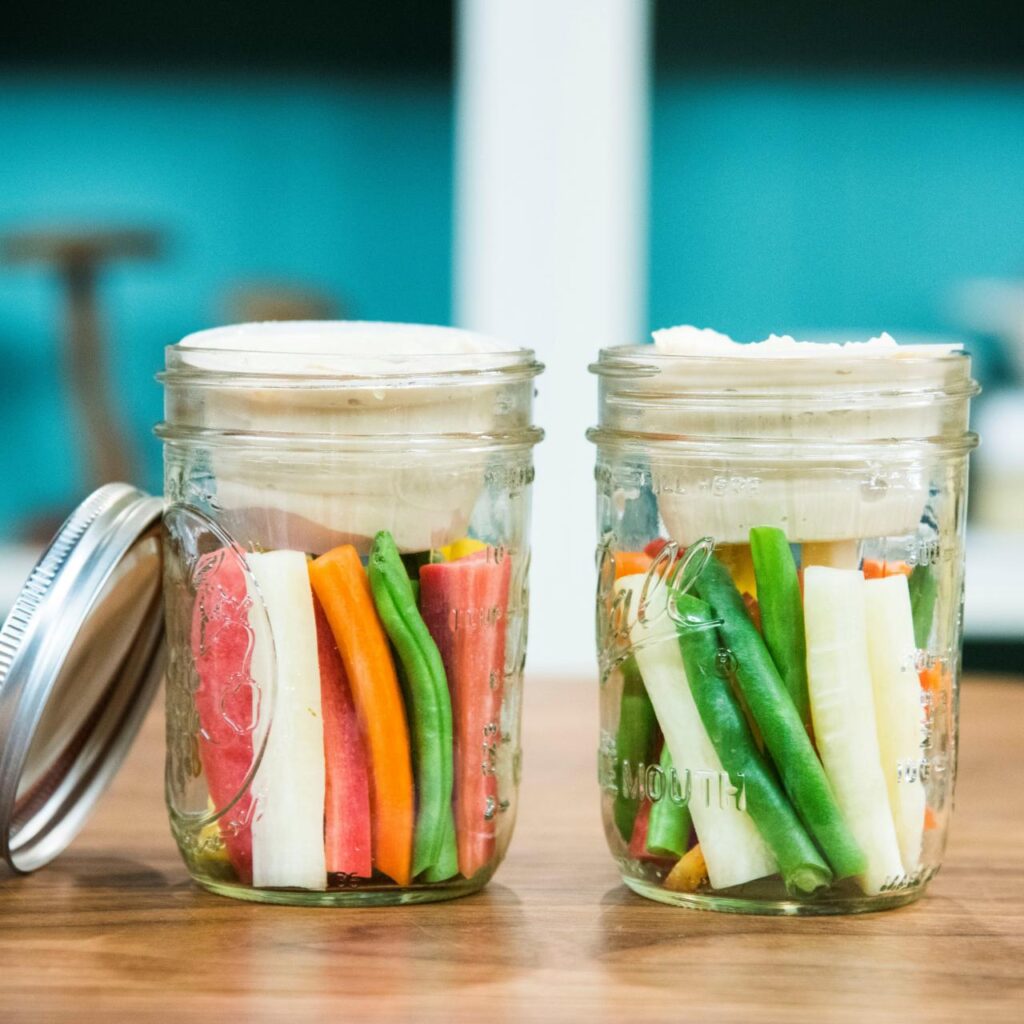
21. Keep Your Fridge at the Right Temperature
A refrigerator is one of the most expensive home appliances. That’s because it runs 24/7 to keep all your food in a secure and cold temperature to reduce wastage.
Most refrigerators are recommended to be kept at 38°F. Lowering the temperature to 36-37°F will extend the shelf life of all the food within the fridge.
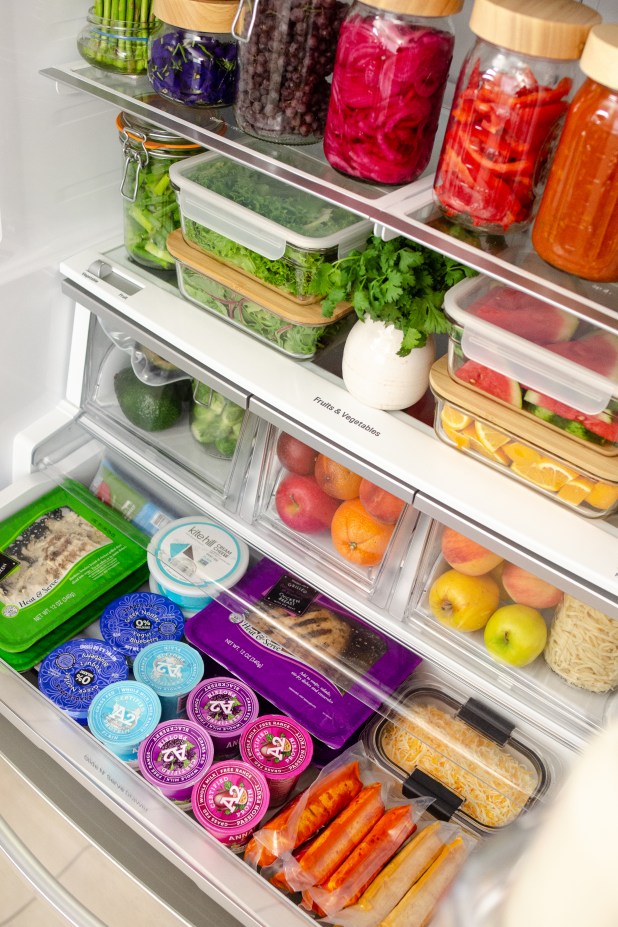
22. How to Store Lettuce
To keep your lettuce crisp, it needs moisture and airflow, but not too much. Otherwise, you’ll get wilted and sad greens.
You can store your lettuce as a full head by wrapping it in a damp paper or cloth towel and putting it in a container.
If you prefer to store your lettuce leaves individually, you can do so by spinning them dry after washing and placing them in a lettuce keeper in the fridge.

23. Keeping Cake Fresh for Longer
If nobody sneaks any late-night snacks, most cakes can last several days on the counter, a few weeks in the fridge, or a few months in the freezer.
To slow the stale process, place a piece of sliced bread on the open ends so you can eat your cake, too.
24. Keep Butter Out of The Fridge
Most people keep butter in the fridge. This makes it hard to spread on toast, often partially destroying your slice unless it’s still hot from the toaster.
The easiest fix is to simply leave your block of butter on the countertop and keep it at room temperature.
Butter can be spread much easier at room temperature, leaving you with a slice of toast in perfect condition and a smooth experience.
Final Thoughts
As many people in the world struggle to put food on the table every day, crazy amounts of food are thrown out every day. It’s estimated that, of our entire food supply, 30-40% gets wasted.
During every step of the supply chain, perfectly good food gets thrown out — Starting from farms and manufacturing facilities to retail stores and restaurants — the biggest portion of food waste happens at the consumer level.
Even though looking at the volume of food waste that happens can be quite discouraging, it’s also relieving to know that every one of us can make a difference.
The amount of food that goes to waste within our own homes doesn’t need to be part of the statistic above.
If we all change our habits on how we go about our food buying, storing, and consumption, it could make a huge impact.
Read our tips and tricks for the kitchen to help you become even more proficient in your kitchen!


